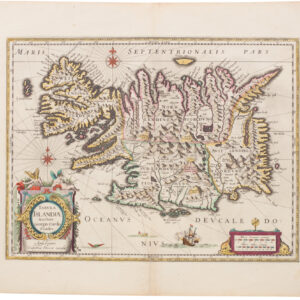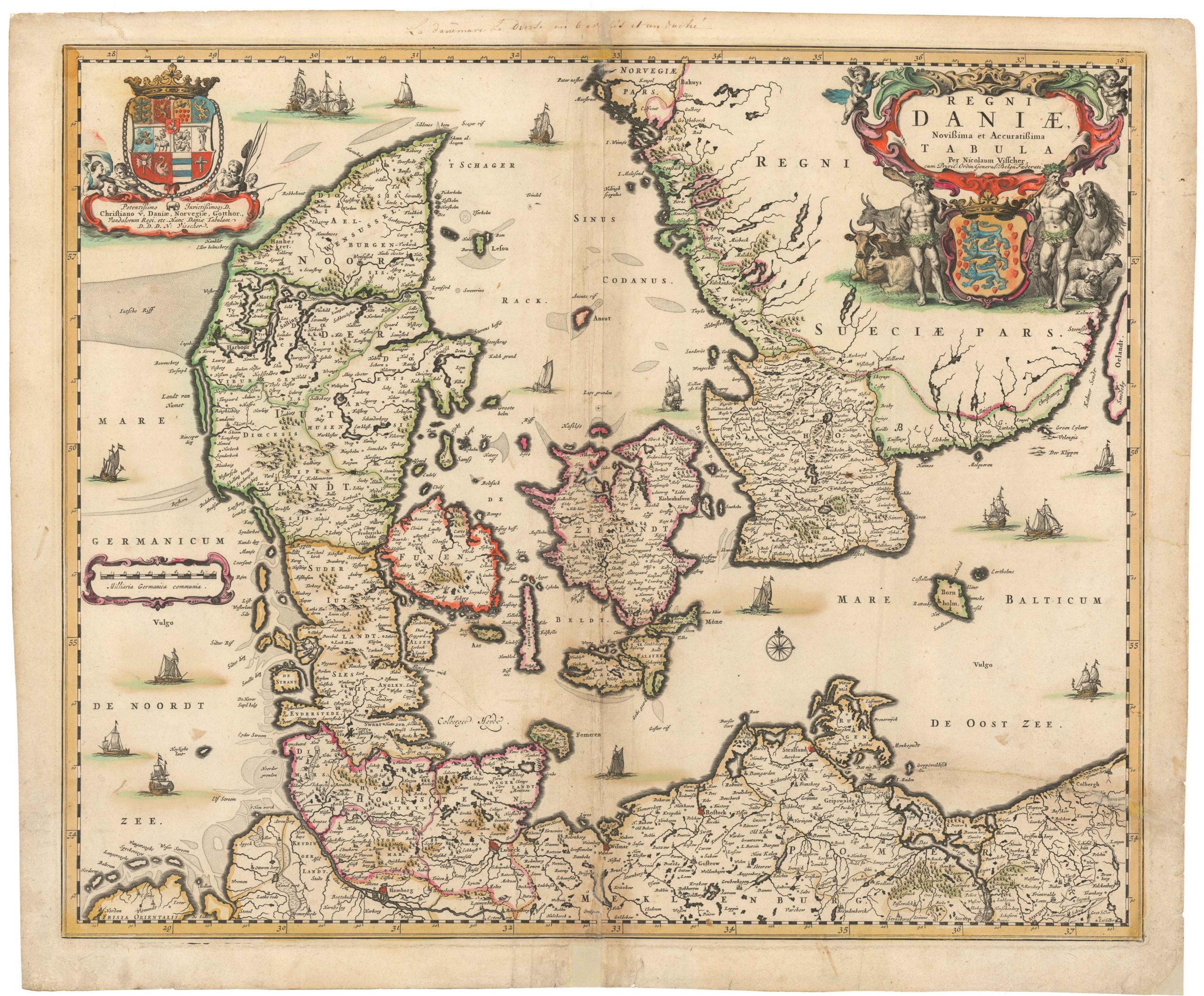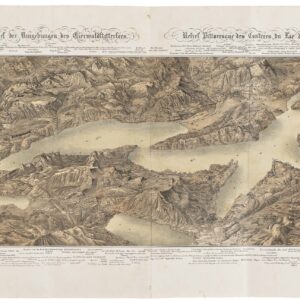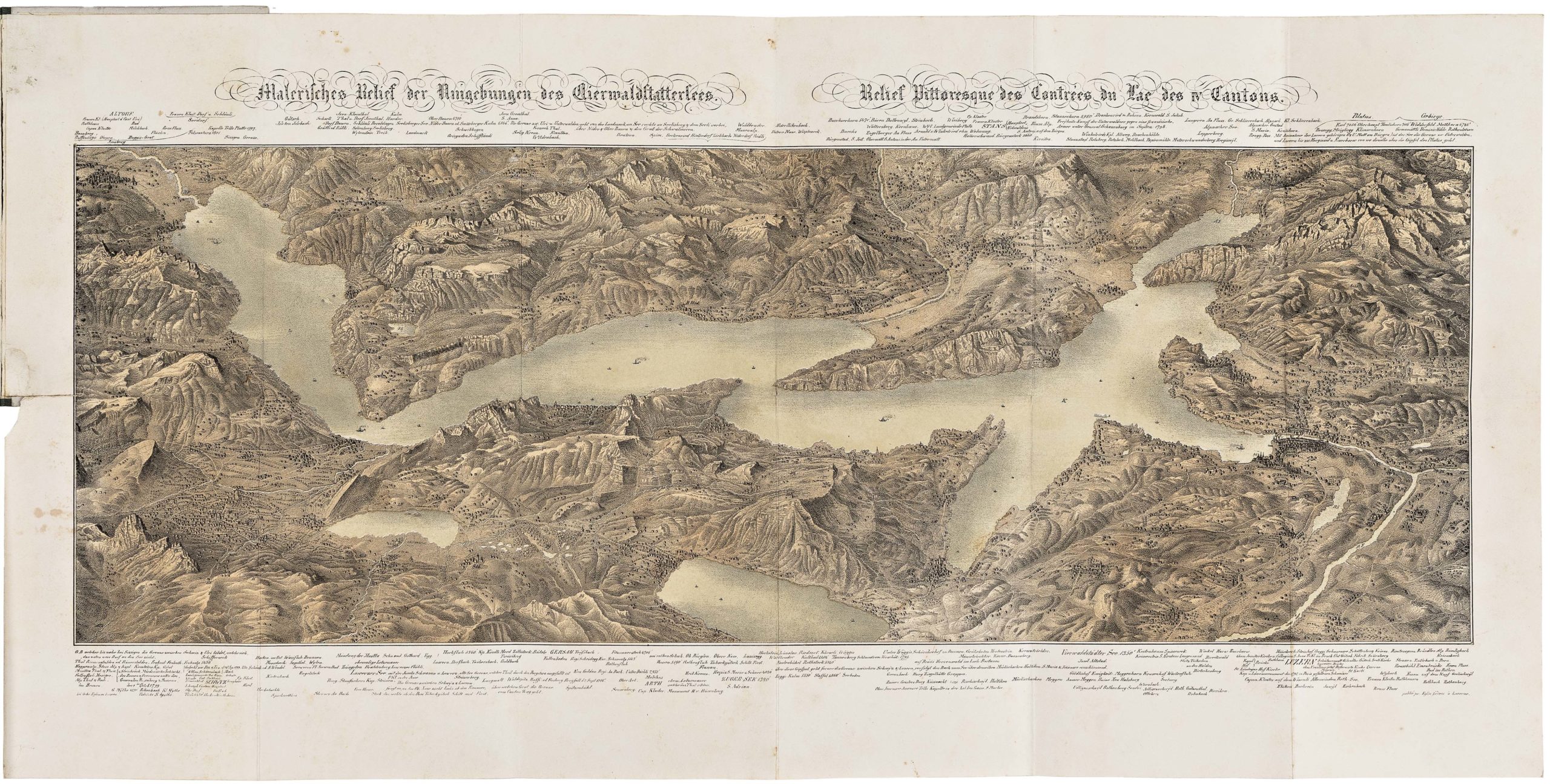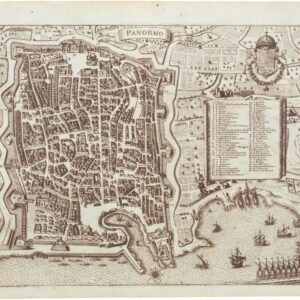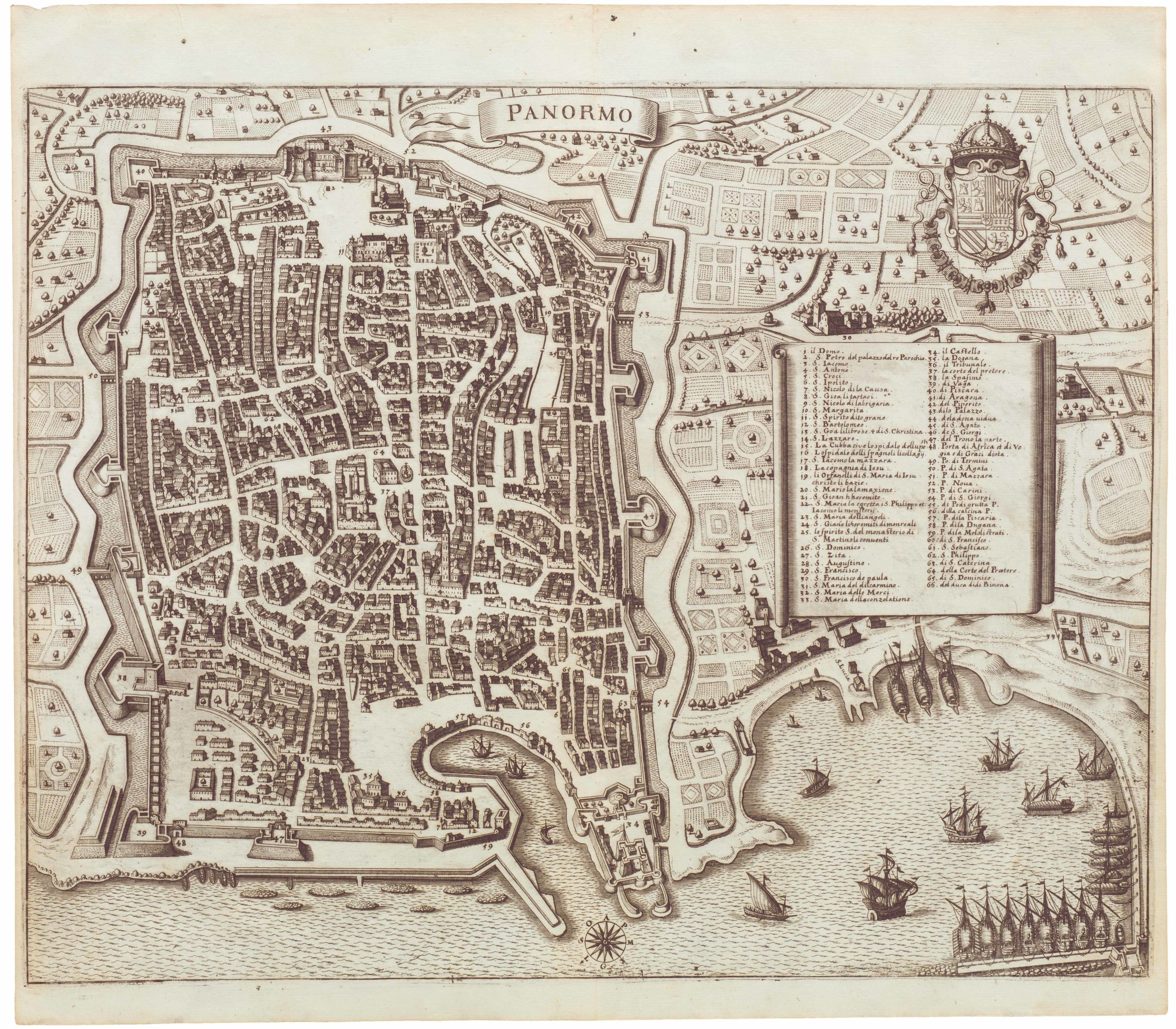Münster’s 1567 map of Spain and Portugal: the Iberian Peninsula at the Pinnacle of its Power.
Hispania nach aller seiner gelegenheit in Bergen, Wåssern, Ståtten, Vólckern, Konigreichen und Inseln.
$675
1 in stock
Description
Sebastian Münster’s map of Hispania, first published in 1540, presents Spain, Portugal, and the Balearic Islands, while also including portions of southern France beyond the Pyrenees, featuring cities such as Montpellier, Narbonne, and Perpignan. The present map, published in a German edition of Münster’s Cosmographia Universalis in 1567, remains unchanged from the original edition.
This detailed and dynamic depiction of the Iberian Peninsula marks a significant departure from earlier Ptolemaic representations. Rather than relying on Claudius Ptolemy’s antiquated geography, Münster incorporated contemporary sources and modern knowledge. His work was particularly influenced by Martin Waldseemüller’s 1513 Tabula Moderna et Nova Hispaniae, which introduced a more accurate and updated portrayal of the region.
Münster’s engraved pictorial elements add depth and realism to the map. Mountains, rivers, and forests are intricately illustrated, while major cities such as Cádiz, Seville (Sibilia), Valencia, Córdoba, Granada, and Barcelona are clearly labeled. Interestingly, the two capitals, Madrid and Lisbon, are not prominently featured—not due to oversight but rather due to the historical context of the time. Both cities are represented under alternative names that were commonly used in the 16th century.
At the mouth of the Tagus River, where Lisbon is expected to be, the map instead marks Rostal, referring to Restelo—a small beach west of Lisbon from which Portuguese expeditions to circumnavigate Africa were launched. Following Vasco da Gama’s discovery of the sea route to India and the immense wealth this trade route brought to Portugal, King Manuel I commissioned the construction of the Jerónimos Monastery near Restelo Beach. Around this monumental monastery, a new suburb emerged, named Belém (Bethlehem). To commemorate Portugal’s maritime prowess, Manuel I also constructed the Torre de Belém, an imposing Gothic fortress designed to safeguard the growing number of expeditions and trading ventures. This iconic structure, still standing today, completely overshadowed Restelo, yet its legacy endured for over a century, as reflected in Münster’s map.
Madrid, too, is somewhat obscure, appearing slightly west of its true location and labeled Alcalá M. This designation refers to Madrid’s impressive fortifications, which led John II and Henry IV of Castile (of the Trastámara dynasty) to relocate the royal residence there in the 15th century. The city appealed to these monarchs due to its strategic location, abundant game for hunting, and its formidable alcázar, which served as the Royal Treasury during a period of significant internal instability.
This map is one of the earliest obtainable modern representations of Spain and Portugal. The reverse side features an elaborate title adorned with biblical figures and symbols, underscoring the artistic and cultural significance of this important work. The woodblock engraving is attributed to Adam Petri.
Publication information
The present map is a late printing of Münster’s first Hispania map from 1540. It was published in Basel in 1567, as part of a German edition of Cosmographia Universalis.
This monumental geographical and cosmological work succeeded Münster’s earlier Geographia. Unlike Geographia, which was published solely in Latin, Cosmographia was printed in multiple languages, including German, Latin, French, and Italian, allowing it to reach a much broader European audience.
By 1567, the printing block for this map showed signs of wear, evident in the missing “LIA” in CASTILIA in the western center of Spain. This form of gradual deterioration reflects the block’s repeated use and the map’s continued popularity.
Cartographer(s):
Sebastian Münster (1488-1552) was a cosmographer and professor of Hebrew who taught at Tübingen, Heidelberg, and Basel. He settled in Basel in 1529 and died there, of the plague, in 1552. Münster was a networking specialist and stood at the center of a large network of scholars from whom he obtained geographic descriptions, maps, and directions.
As a young man, Münster joined the Franciscan order, in which he became a priest. He studied geography at Tübingen, graduating in 1518. Shortly thereafter, he moved to Basel for the first time, where he published a Hebrew grammar, one of the first books in Hebrew published in Germany. In 1521, Münster moved to Heidelberg, where he continued to publish Hebrew texts and the first German books in Aramaic. After converting to Protestantism in 1529, he took over the chair of Hebrew at Basel, where he published his main Hebrew work, a two-volume Old Testament with a Latin translation.
Münster published his first known map, a map of Germany, in 1525. Three years later, he released a treatise on sundials. But it would not be until 1540 that he published his first cartographic tour de force: the Geographia universalis vetus et nova, an updated edition of Ptolemy’s Geography. In addition to the Ptolemaic maps, Münster added 21 modern maps. Among Münster’s innovations was the inclusion of map for each continent, a concept that would influence Abraham Ortelius and other early atlas makers in the decades to come. The Geographia was reprinted in 1542, 1545, and 1552.
Münster’s masterpiece was nevertheless his Cosmographia universalis. First published in 1544, the book was reissued in at least 35 editions by 1628. It was the first German-language description of the world and contained 471 woodcuts and 26 maps over six volumes. The Cosmographia was widely used in the sixteenth and seventeenth centuries and many of its maps were adopted and modified over time, making Münster an influential cornerstone of geographical thought for generations.
Condition Description
Hand color. Visible repairs, as seen on the image. Overall nice.
References
